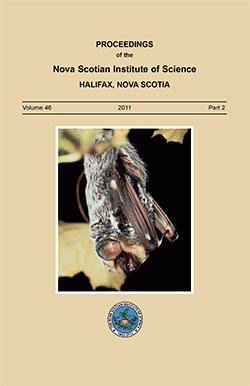CAN WE STOP THE ATLANTIC LOBSTER FISHERY GOING THE WAY OF NEWFOUNDLAND‘S ATLANTIC COD? A PERSPECTIVE
DOI:
https://doi.org/10.15273/pnsis.v46i2.4057Abstract
The cod and lobster fisheries of Atlantic Canada are managed in verydifferent ways. Regulatory policy for Atlantic cod has traditionally been
based on population or biomass measurements, something that has never
been done for the management of Atlantic Canada‘s lobster. While these
traditional methods differ, an alternate logical or analytic approach to
management is perhaps one way that sound and rational fisheries can be
managed. The recommendations that follow derive from asking: can we
learn analytic lessons from the collapse of Atlantic cod that might allow us
to avoid a similar collapse in Atlantic lobster? A landings-per-unit-of-effort
(LPUE) index could be constructed for the lobster industry that would
provide a continuous trend over time. This trend would form an effective
feedback model; a declining trend over time would indicate the goal of
sustainability was in jeopardy, whereas a level or increasing trend over
time would indicate that the industry was maintaining its sustainability.
Crucially, an LPUE index should only be used as an argument a posteriori
involving feedback in the form of trends. This index should never be used
as an argument a priori to estimate lobster abundance or lobster biomass


